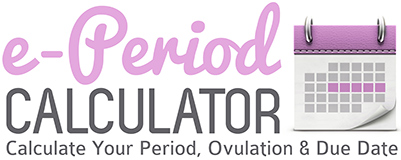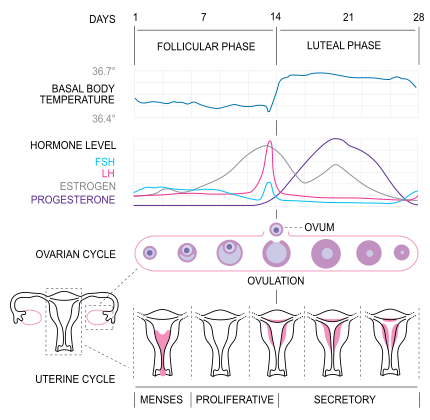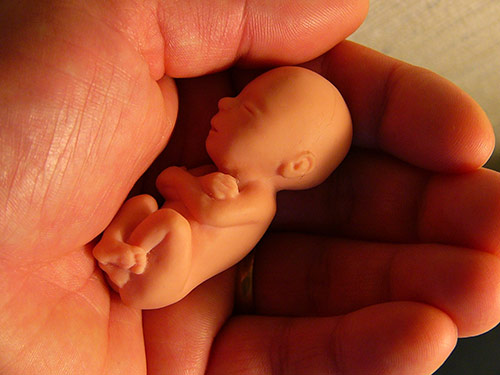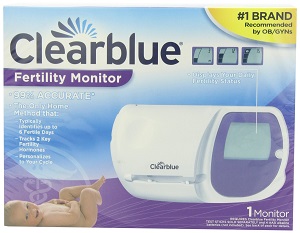Noticing blood or discharge in your panties when it isn’t time for your period can be upsetting, but you should know that bleeding or spotting during ovulation isn’t a bad thing at all. It’s completely normal, and it’s even a sign that you can look out for if you are currently trying to get pregnant.
What Does Ovulation Spotting Look Like?
If you have never paid attention to ovulation spotting, you might not know what to look for. Basically, spotting during or directly before ovulation generally occurs in the form of brown or pink discharge. You might also spot a little bit of blood, or you could see white mucous-looking discharge.
Don’t expect that you will see a lot of discharge or blood when bleeding or spotting during ovulation, however. In most cases, the amount is rather minor. You might see a little bit in your underwear when you change clothes or go to the bathroom, or you could notice it on your toilet paper when you wipe.
How Long Does This Spotting Go On?
In some cases, you might just spot a little bit one time during your ovulation period. In many cases, however, ovulation spotting lasts for one to two days. If you notice that you are bleeding for longer than that and it isn’t time for your period, you may need to see a physician to find out if there is something wrong.
How Ovulation Spotting Can Help You
If you are currently trying to get pregnant, then ovulation spotting can be a good thing — it can help you determine when to have intercourse so that you can improve your chances of conception.
Although it’s generally best to watch for ovulation spotting along with using other methods of tracking your ovulation period, you can use this spotting as a means of figuring out the best time to have sex. To increase your chances of getting pregnant, you should begin having intercourse as soon as you notice this spotting, and you should continue for about two days afterward.
How Can You Track Ovulation if You Don’t Notice Any Spotting?
If you don’t notice any spotting, you could be wondering how you can tell if you are ovulating. First of all, you should make sure to pay closer attention during the mid-point of your cycle — you could just be spotting a slight bit, and you might not have noticed it. If you still do not notice any spotting, then it’s a good idea to use an ovulation calendar, such as one that you can find online, as a way of tracking when you are at the greatest chance of conceiving.
Many people get frightened when they see blood or discharge in their underwear during times that they aren’t on their period, but this spotting isn’t anything to worry about at all. Known as ovulation spotting, it’s actually a great indication of when you are most fertile. Luckily, learning a little more about ovulation spotting can help you answer questions about your own body and can help you increase your chances of getting pregnant as soon as possible!



